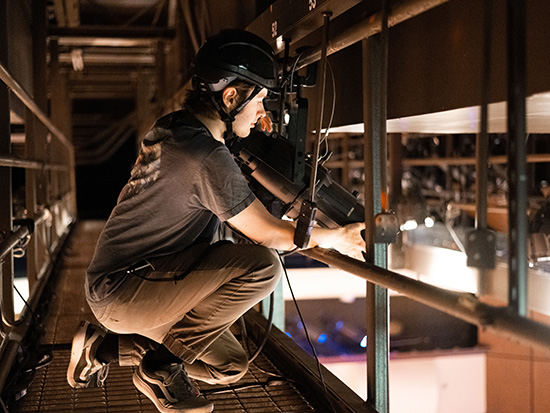Arts & Events
March 28, 2025
April 4-19, Disney’s “Freaky Friday,” co-presented by UAB Theatre and Red Mountain Theatre
UAB Head of Musical Theatre Valerie Accetta and theater student Sammy Sledd star as an overworked mother and her teenage daughter who magically swap bodies and have just one day to put things right.
Find an Expert
Browse our list of UAB experts who can provide insights on timely news and research. To contact an expert, please coordinate with the public relations specialist associated with each individual.
Find an ExpertCampus & Community

March 28, 2025
Learn to identify birds of prey with Alabama Wildlife Center

March 17, 2025
Make an impact during this year’s Give As One
Health & Medicine

April 3, 2025
UAB offering health screenings on Regional Wellness Day

March 31, 2025
UAB eMedicine launches Online Second Opinion service
Research & Innovation
People of UAB

April 1, 2025
Stephanie Mullins named vice president for Finance

March 24, 2025
















